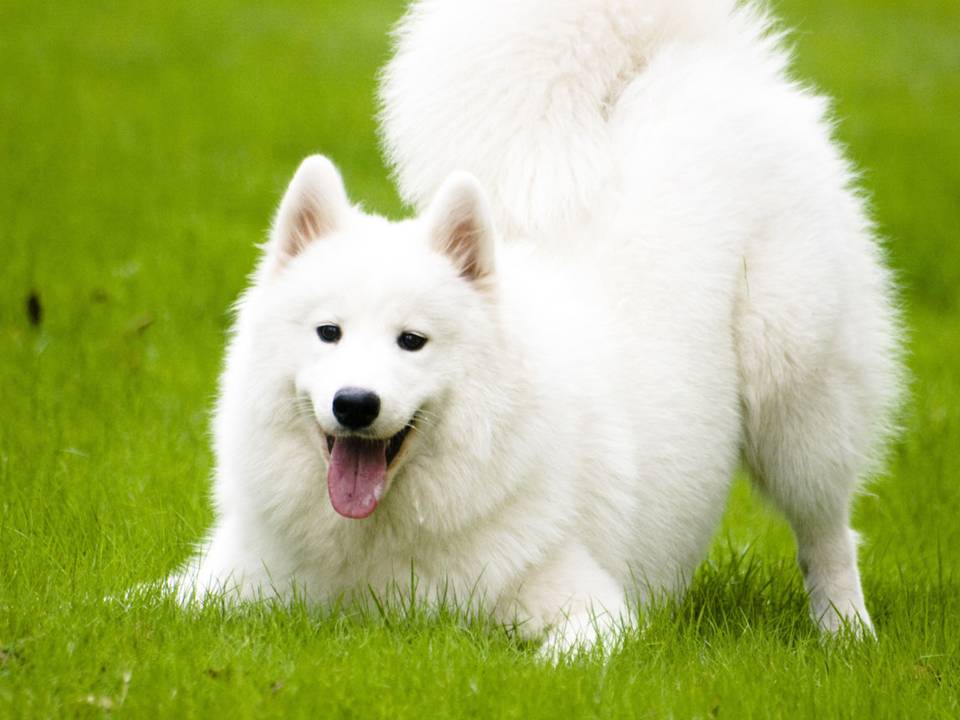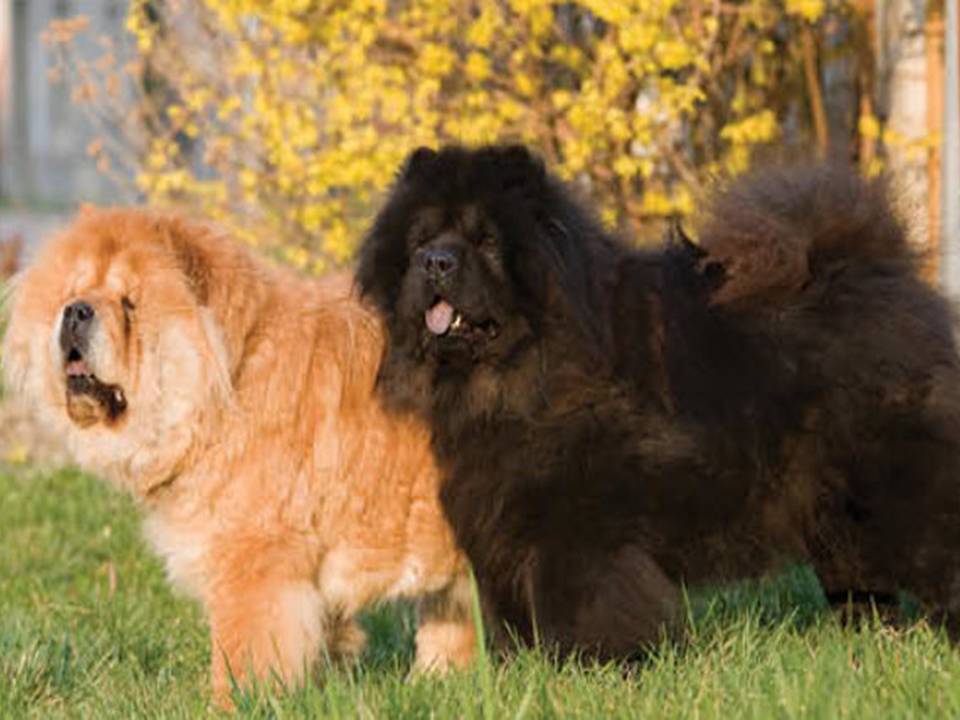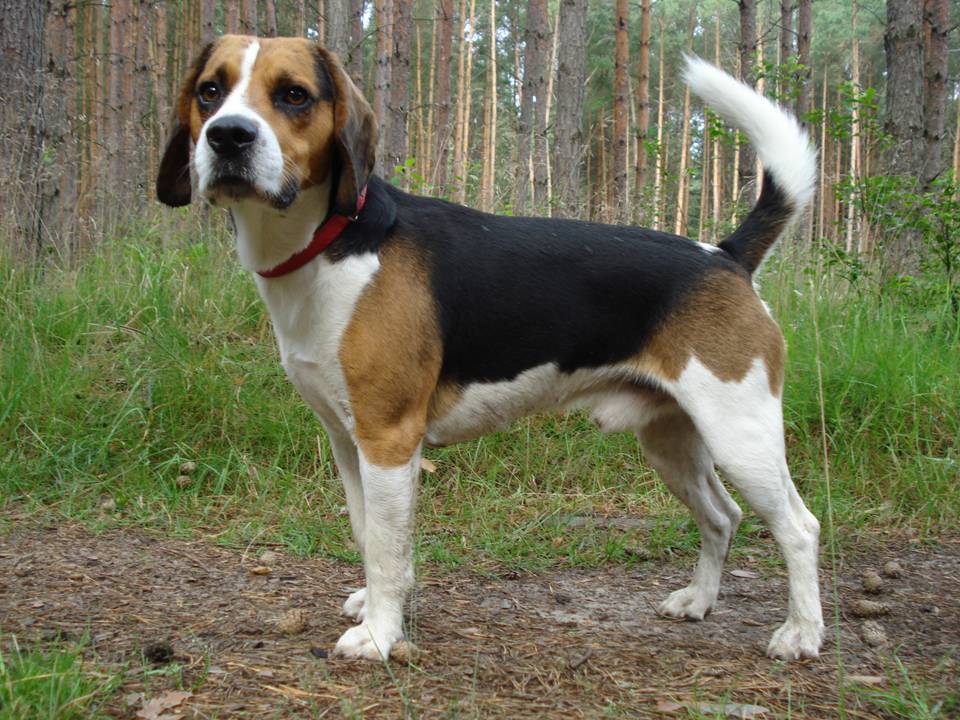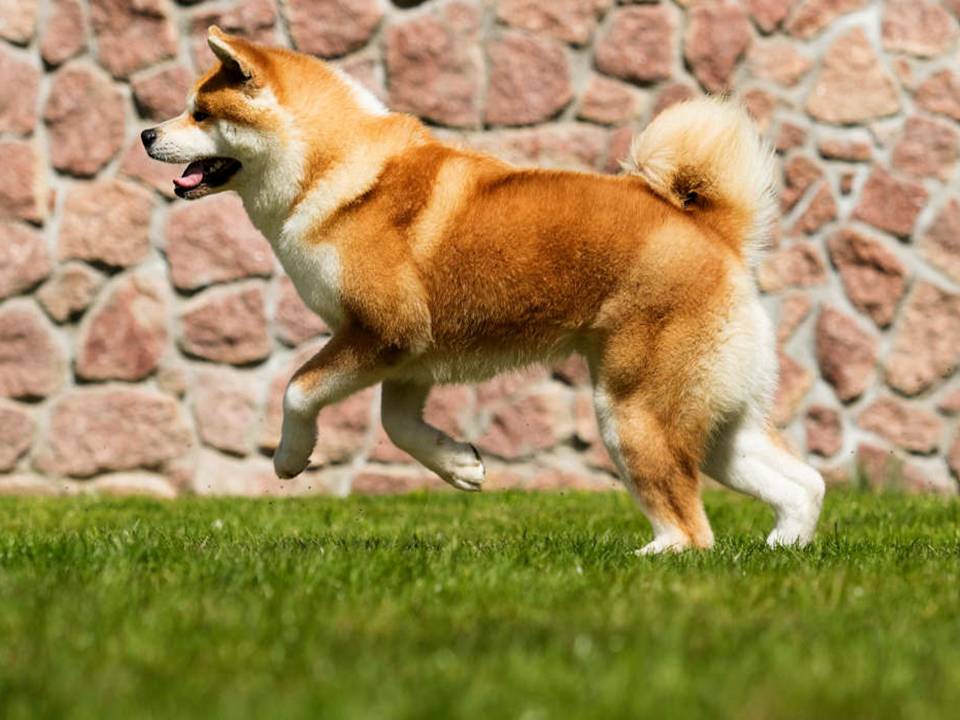The Siberian Samoyed Dog
The Samoyed dog is famous for its stunning white coat, friendly personality, and unique “Sammy smile.” It is one of the oldest dog breeds from Siberia. The breed’s history and origins are deeply connected to the nomadic Samoyedic people of Siberia. Over thousands of years, these people and the Samoyed formed a bond of survival and companionship. This essay explores the Samoyed’s history, ancient origins, and its transformation into a beloved companion and working dog worldwide.
Ancient Origins: A Dog of the Siberian Nomads
The Samoyed dog comes from the harsh tundra and taiga regions of Siberia. The breed is named after the indigenous Samoyedic people, including the Nenets and other tribes. These nomadic groups relied on the Samoyed for essential tasks like herding reindeer, pulling sleds, and providing warmth during freezing winters. The Samoyed was not just a working dog but also a loyal companion.
The Samoyed’s main role was herding reindeer, which was crucial for the survival of the Samoyedic tribes. The breed’s herding instinct, intelligence, and stamina made it perfect for this job. Its thick double coat protected it from extreme cold, allowing it to survive temperatures as low as -60°C (-76°F). The Samoyedic people depended on reindeer for food, clothing, and transportation. The Samoyed helped protect the herds from predators and managed them effectively.
Samoyeds also pulled sleds loaded with goods and supplies. Their strength and endurance helped them travel long distances across the harsh Siberian landscape. Despite their hard work, Samoyeds lived closely with their human families. They often slept inside the nomads’ tents, providing warmth during freezing nights. This close bond made them more than just working dogs—they were cherished family members.
The Journey to the Western World
The Samoyed’s introduction to the Western world began in the late 19th and early 20th centuries. European explorers and adventurers noticed the breed’s exceptional abilities in cold climates. They brought Samoyeds back to Europe and the United States after Arctic and Antarctic expeditions.
British explorer Ernest Kilburn-Scott played a key role in bringing the Samoyed to the West. During his travels in Siberia in the late 1800s, he encountered the breed and was impressed by its strength and gentle nature. He brought several Samoyeds back to England, where he and his wife helped establish the breed standard. This marked the beginning of the Samoyed’s popularity in Europe.
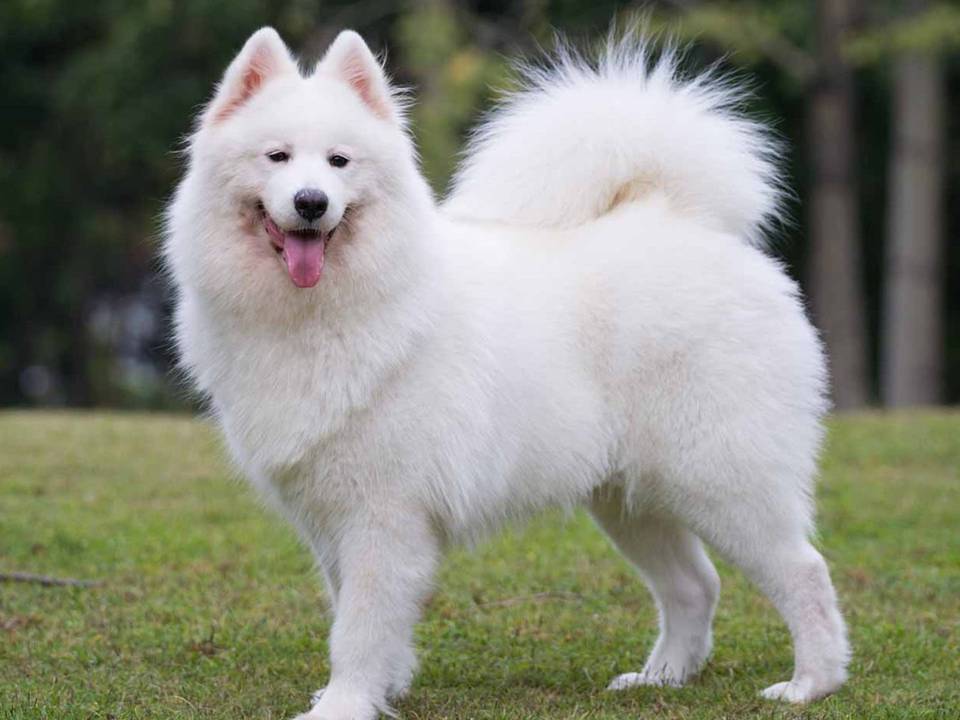
Explorers like Fridtjof Nansen and Roald Amundsen also used Samoyeds in their polar expeditions. Although many dogs did not survive the harsh conditions, their toughness and endurance earned widespread recognition. The breed’s association with these daring expeditions boosted its reputation as a reliable working dog.
By the early 20th century, the Samoyed had gained popularity in the United States and Britain. People loved the breed not only for its working abilities but also for its striking appearance and friendly personality. The Samoyed’s distinctive “Sammy smile,” caused by its naturally upturned lips, became a defining feature. This smile symbolized the breed’s warm and cheerful temperament.
Breed Characteristics and Evolution
Originally, people valued the Samoyed for herding and sledding. However, as the breed became popular in urban areas, its role shifted. The Samoyed’s friendly, social nature, intelligence, and trainability made it an excellent family companion. Despite this shift, the breed retained many working-dog traits, such as high energy levels, a strong prey drive, and a need for mental and physical stimulation.
The Samoyed has a thick, fluffy double coat that provides insulation in extreme cold. The outer coat is straight and coarse, while the undercoat is soft and dense. This combination makes the breed highly resistant to harsh weather but also requires regular grooming to prevent matting and tangling.
Samoyeds are medium to large dogs. Males stand between 21 and 23.5 inches tall at the shoulder, while females are slightly smaller. They typically weigh between 45 and 65 pounds. Their sturdy, muscular build reflects their working heritage, but they also have a graceful and elegant appearance.
The Samoyed Today
Today, the Samoyed is primarily a companion dog. However, it still excels in dog sports like obedience, agility, and herding. The breed’s friendly nature, loyalty, and gentle temperament make it an ideal family pet. Potential owners should understand the Samoyed’s need for regular exercise and grooming.
The Samoyed’s striking looks and sweet personality have made it a popular choice worldwide. Despite its modern role as a companion, the breed’s working heritage remains a key part of its identity. Whether pulling sleds in recreational sports or simply being a loving family member, the Samoyed continues to showcase the ancient bond between humans and dogs. Its rich history, from the frozen tundras of Siberia to homes across the globe, highlights the breed’s adaptability and enduring appeal.


